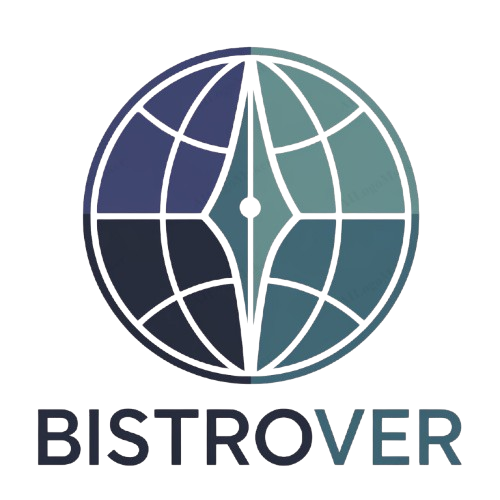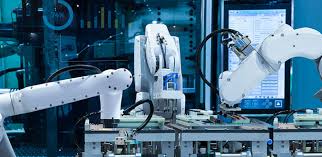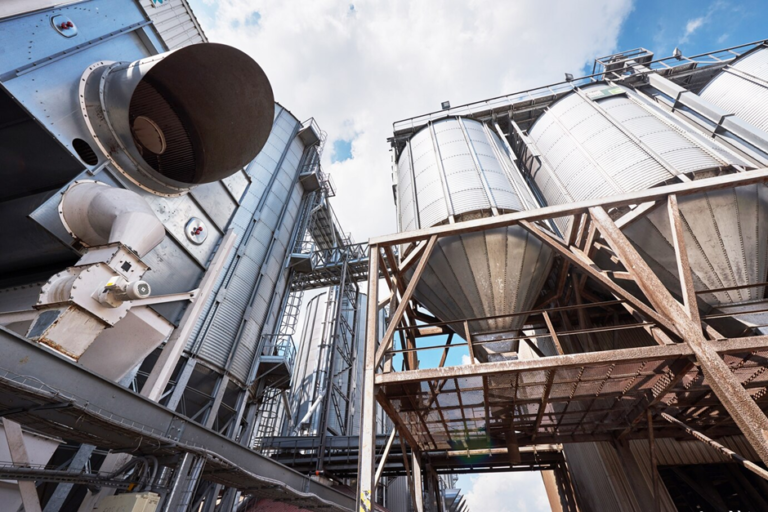Improving Accuracy in High-Tech Assembly Lines
When it comes to modern manufacturing, high-tech assembly lines are the backbone of the industry. These marvels of automation and engineering produce the goods and products we rely on every day. However, one crucial factor determines their success or failure—accuracy. Without precision, even the most advanced assembly lines can suffer from inefficiencies, product defects, and costly delays.
Understanding the Challenges
Even in high-tech environments, maintaining accuracy on assembly lines is a challenge. Several factors can contribute to inconsistencies that directly affect output quality and operational efficiency. Here’s a closer look at some common culprits:
1. Human Error
While automation has reduced human involvement in many assembly line processes, people are still integral to operations. Tasks such as inspecting, maintaining, or troubleshooting equipment can lead to errors due to oversight, fatigue, or lack of adequate training. Even a single small mistake can lead to defects across an entire production batch.
2. Machinery Issues
High-tech assembly lines rely on precise machinery to work seamlessly. Over time, wear and tear, calibration errors, or mechanical failures can reduce equipment accuracy. For instance, key components in many assembly lines used to control fluid flow—are prone to malfunction if not properly maintained.
3. Environmental Factors
Temperature fluctuations, dust, and vibrations in production facilities may seem minor, but they can have a significant impact on sensitive machinery. More subtle external factors, such as humidity levels, could alter material properties or interfere with electronic equipment’s performance.
Understanding these challenges is the first step toward identifying solutions. The good news? Thanks to technological advancements, the tools to overcome these barriers have never been more accessible.
Technologies for Precision
One of the biggest drivers behind accuracy improvements in high-tech assembly lines is the emergence of advanced technologies. These tools are reshaping the manufacturing landscape by minimizing errors and maximizing operational efficiency. Below are some of the most promising innovations:
1. Artificial Intelligence (AI)
AI has proven its ability to analyze complex systems, predict issues, and suggest optimal solutions. AI-powered quality control systems, for example, use computer vision to detect microscopic defects that may go unnoticed by human inspectors. Over time, these systems “learn” and improve, becoming more effective and reliable.
2. Internet of Things (IoT)
IoT connects devices, sensors, and machinery on the assembly line to create a network of real-time data. This enables manufacturers to track performance metrics with greater accuracy, detect anomalies instantly, and address potential problems before they escalate.
3. Machine Learning
Machine learning, a subset of AI, empowers systems to analyze data patterns and predict outcomes. This technology is perfect for optimizing complex manufacturing processes, such as fine-tuning robotic arm movements for greater precision and efficiency.
READ MORE : Driving Efficiency: The Future of Automotive Electronics
4. Advanced Sensors
High-tech sensors are becoming increasingly sophisticated, delivering detailed performance data in real time. These sensors check for temperature, pressure, vibration, and other variables that could affect assembly line performance. They also assist in predictive maintenance by alerting operators before failures occur.
These technologies, when applied correctly, can make a significant difference in the accuracy and performance of assembly lines. Yet, technology alone is not enough. Businesses must implement structured strategies to complement these tools.
Best Practices for Improvement
Adopting best practices is just as crucial as implementing advanced technologies. The following guidelines can help ensure your assembly operations are accurate and efficient:
1. Regular Maintenance
Poorly maintained machinery is a recipe for inaccuracies and downtimes. Establish a proactive maintenance schedule to keep assembly line equipment—such as robots, conveyors, and pneumatic solenoid valves—in peak condition. Predictive maintenance powered by IoT sensors can make this process even more effective.
2. Employee Training
Even the most advanced technologies require skilled operators to oversee and manage them. Invest in training your workforce to use the latest equipment, identify errors, and troubleshoot common problems. Well-trained employees ensure your production line remains smooth and accurate.
3. Process Optimization
ASSEMBLY: Map out individual steps in your manufacturing process and identify bottlenecks or inefficiencies. This could involve eliminating redundant tasks, reconfiguring workflows, or using analytics data to optimize processes. The goal is not just speed but consistency and precision.
4. Quality Control Integration
Integrating quality control checks throughout the assembly line rather than waiting until the final stage can catch errors early. AI-powered inspection systems can further enhance this by providing continuous, real-time monitoring and feedback.
5. Standardize Operations
Standardizing processes reduces variability, especially in multi-shift environments where different workers operate the equipment. Clear protocols ensure every task is performed consistently, minimizing the chance of errors.
6. Collaborate Across Departments
Improving accuracy is not the sole responsibility of the production line. It involves collaboration between multiple teams, including design, engineering, and quality control. For example, a design tweak to a product component could reduce the manufacturing complexity, improving overall assembly accuracy.
By implementing these best practices, businesses can create a streamlined, highly precise production process that stands out in the competitive manufacturing landscape.
Conclusion
Precision is essential for modern assembly lines, improving efficiency, reducing waste, and ensuring high-quality products. By addressing challenges and using technologies like AI and IoT, alongside practices like maintenance and training, businesses can enhance performance and stay competitive.







